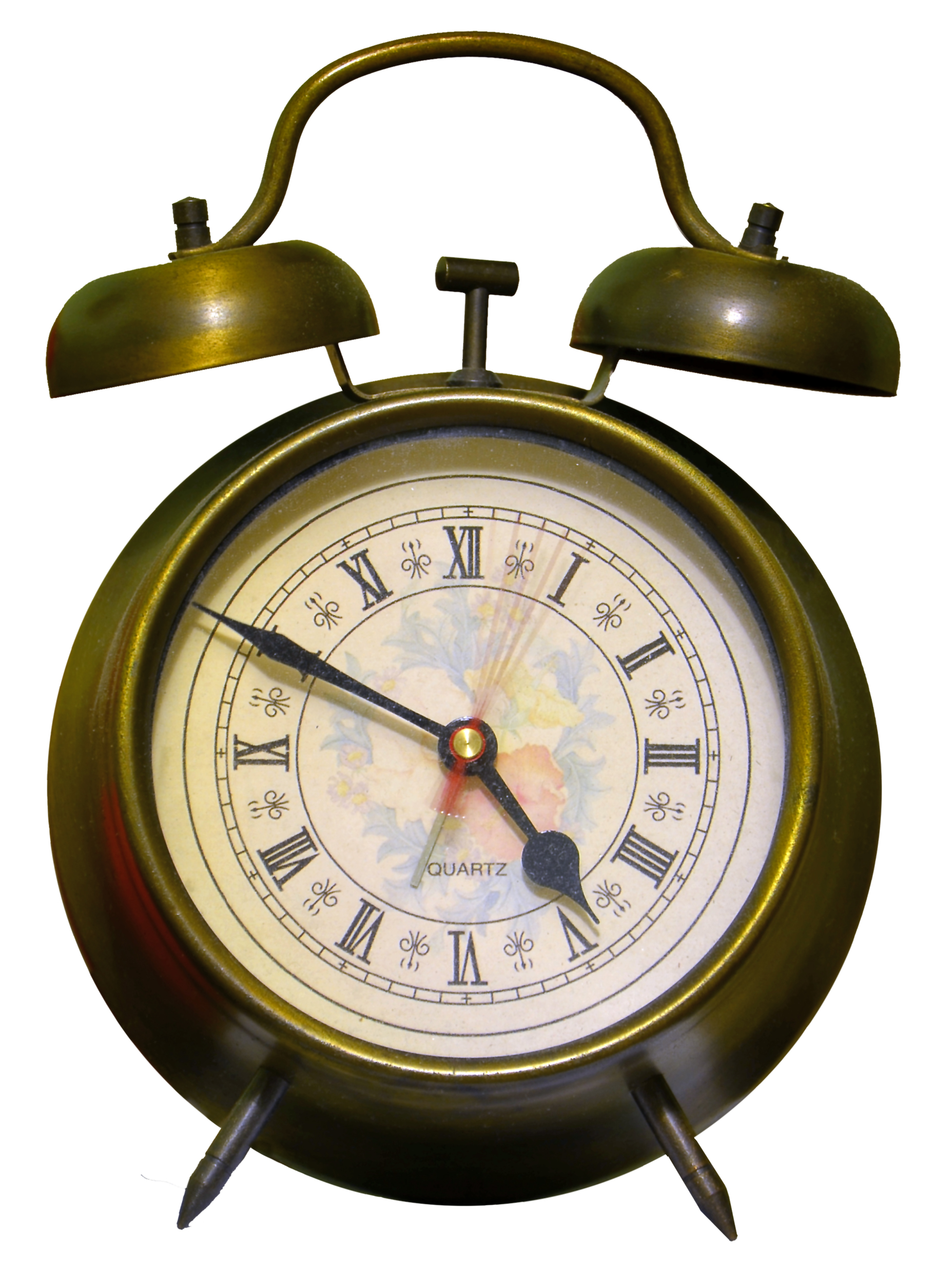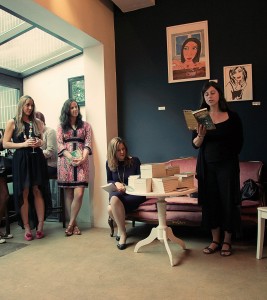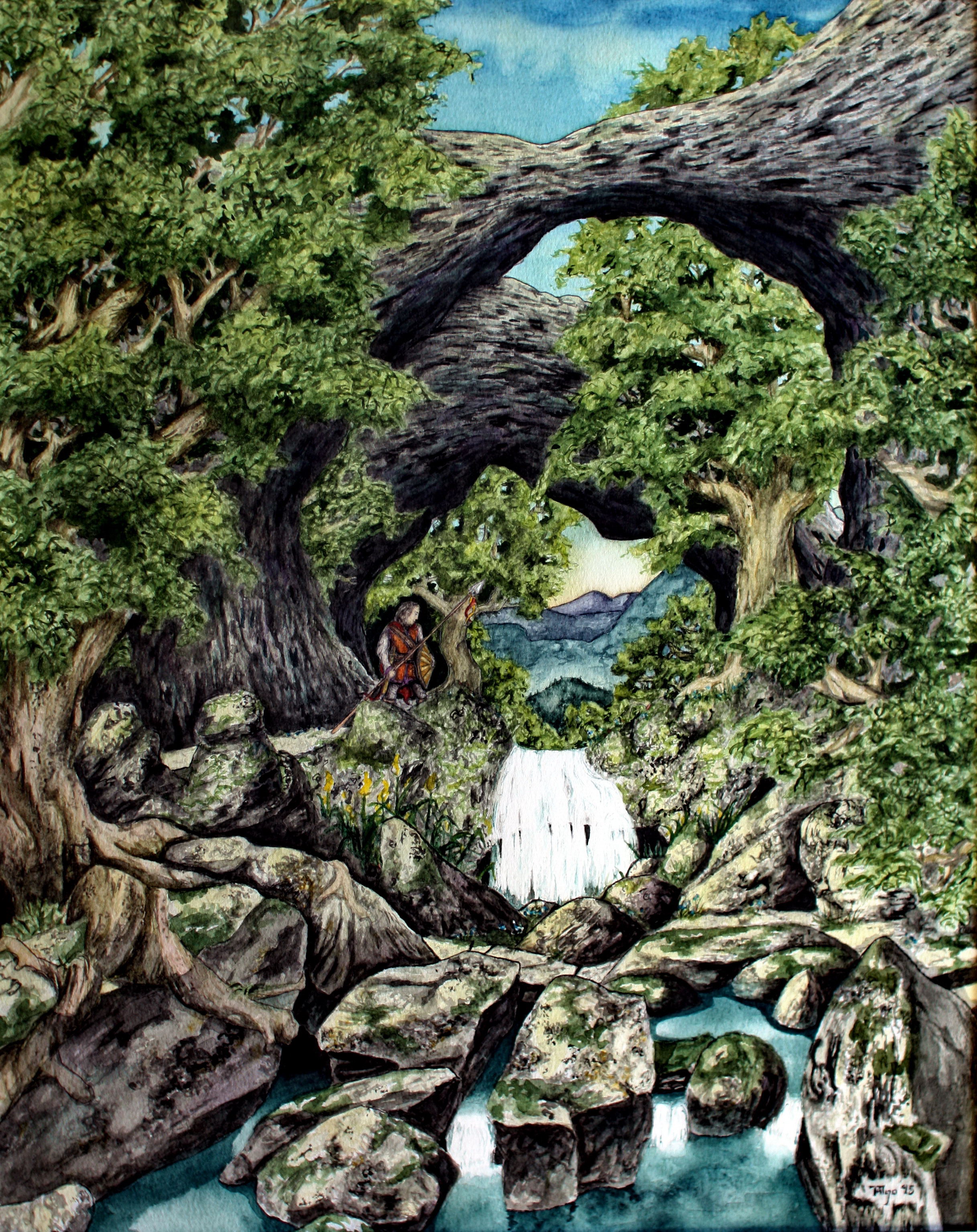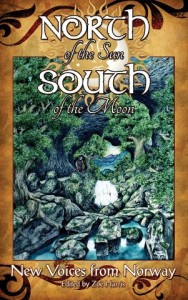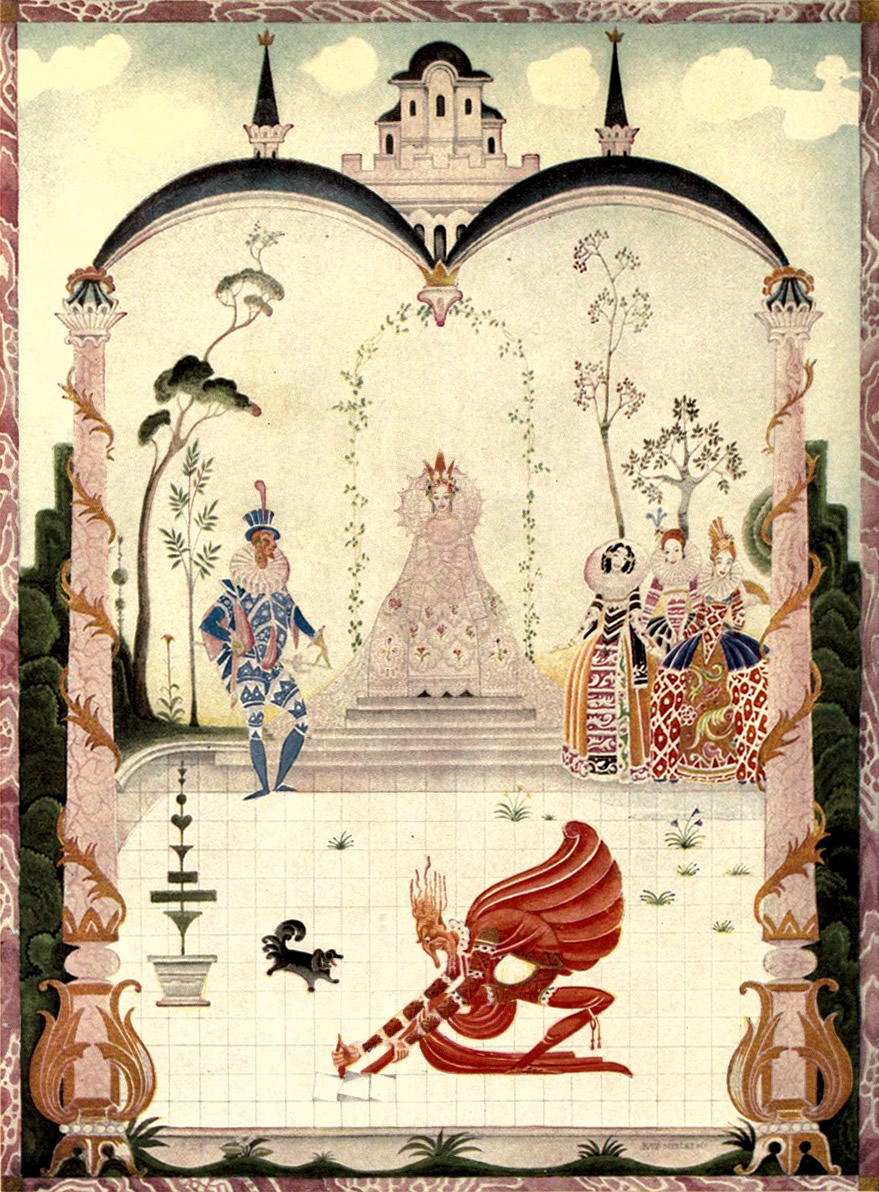The Reluctant Prophet by Gillian O’Rourke is the latest fantasy release for Kristell Ink, and became available to purchase on the 1st of September. Here’s the pitch:
There’s none so blind as she who can see . . .
Esther is blessed, and cursed, with a rare gift: the ability to see the fates of those around her. But when she escapes her peasant upbringing to become a priestess of the Order, she begins to realise how valuable her ability is among the power-hungry nobility, and what they are willing to do to possess it.
Haunted by the dark man of her father’s warnings, and unable to see her own destiny, Esther is betrayed by those sworn to protect her. With eyes newly open to the harsh realities of her world, she embarks on a path that diverges from the plan the Gods have laid out. Now she must choose between sacrificing her own heart’s blood, and risking a future that will turn the lands against each other in bloody war.
The Reluctant Prophet is the story of one woman who holds the fate of the world in her hands, when all she wishes for is a glimpse of her own happiness.
I don’t usually do book reviews on this blog, but I agreed to host Gillian as part of her blog tour because I had the pleasure of editing The Reluctant Prophet. Yes, I knew Esther when she was carrying a bit of extra weight, wasn’t quite clear on the direction her life was taking, and had a bit of a problem with waking up – she always seemed to do it with a start. But after a month of bootcamp, Gilly and I whipped Esther into the dazzling creature you can now purchase from Amazon US, Amazon UK, Smashwords, the Apple iStore, Barnes and Noble… well you get the idea.
So rather than review the book, I thought I’d share a bit of insight into what it was like editing what was originally a beast of about 140k words. It was quite the hack-and-slash-fest, let me tell you. Poor Gilly had to watch while I callously recommended cutting out entire chapters, entire characters, rearranging scenes, motivations and more. Of course this makes it sound like the manuscript was a right old mess, which is not true at all. In fact, all it needed was tightening and sharpening, and this is completely normal for a first novel.
Gilly handled the whole process like a champion, and I was so excited to read her revisions as they came, and watch as the story really came together in a more focused way. Esther suddenly came alive; she let me get close to her, and I finally got a sense of who she was and why I should care about her. Reading through again, now I feel rage when injustice beats her down (which it does, constantly), feel that her enemies are my enemies, and cheer whenever she succeeds, though heaven and earth are always working against her.
The themes this book explores are those of love, faith, loyalty and, at its heart, sacrifice, and what I noticed most throughout the editing process was these themes becoming clearer and more important to more of the characters. But Esther is no martyr; she’s ferociously strong-willed, despite her tiny stature and disadvantaged position. There are echoes in The Reluctant Prophet of those in our own world who would be used by the powerful for their own gains, and Esther sets a great example for standing her ground when it is most important.
I wish Gillian all the success possible with her first novel, and I look forward to seeing more of her work as the series progresses. Well done, and congratulations on a job well done!


